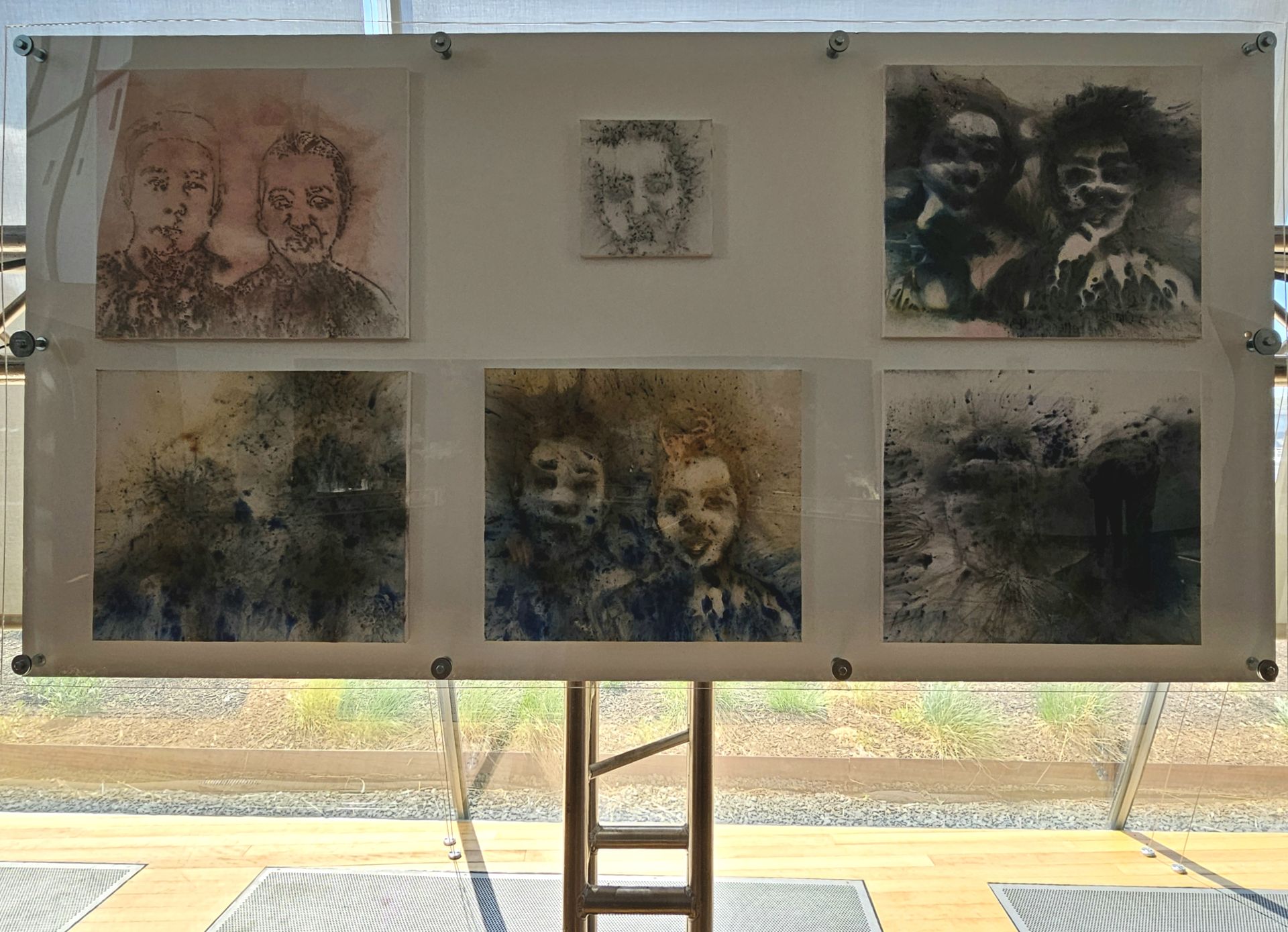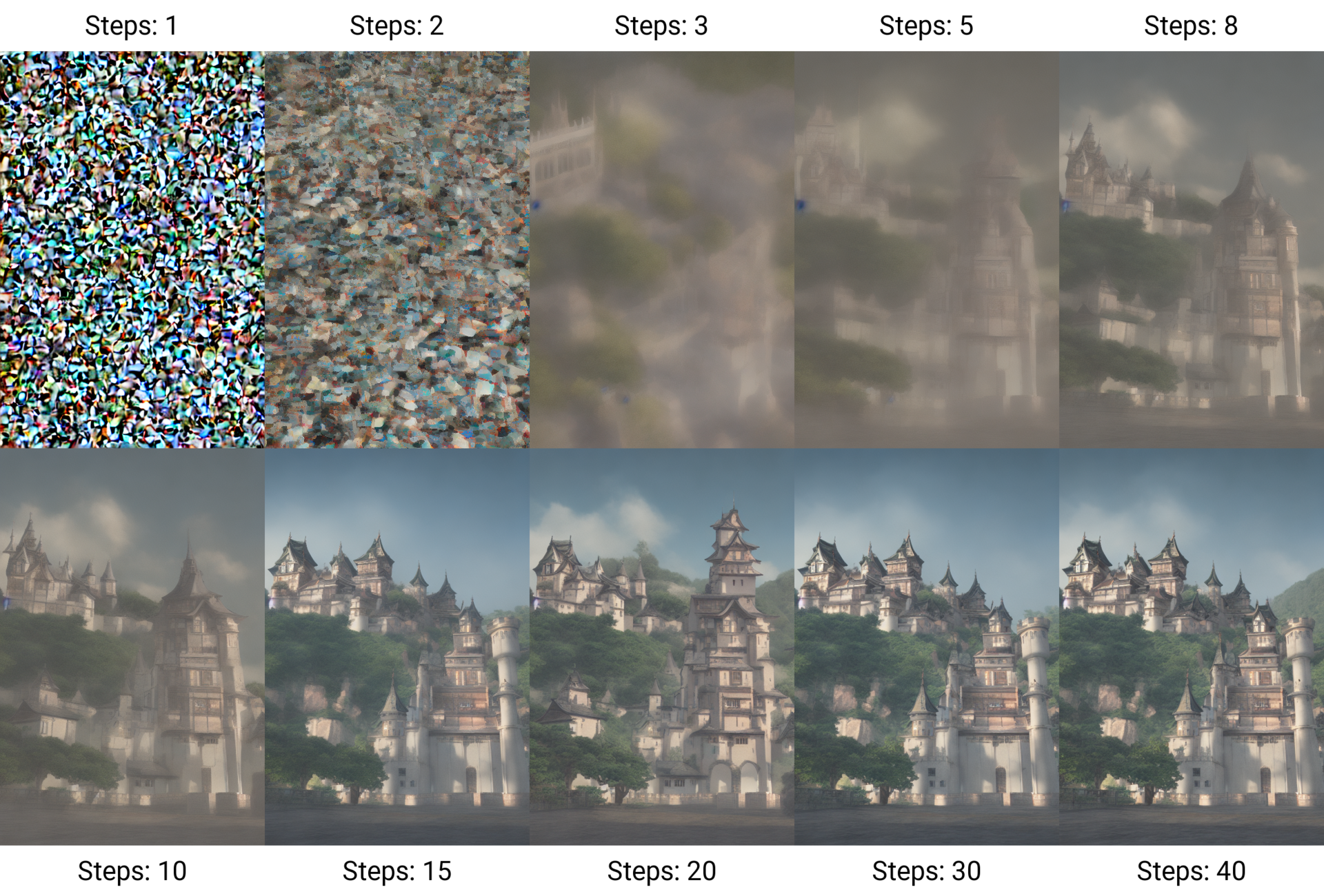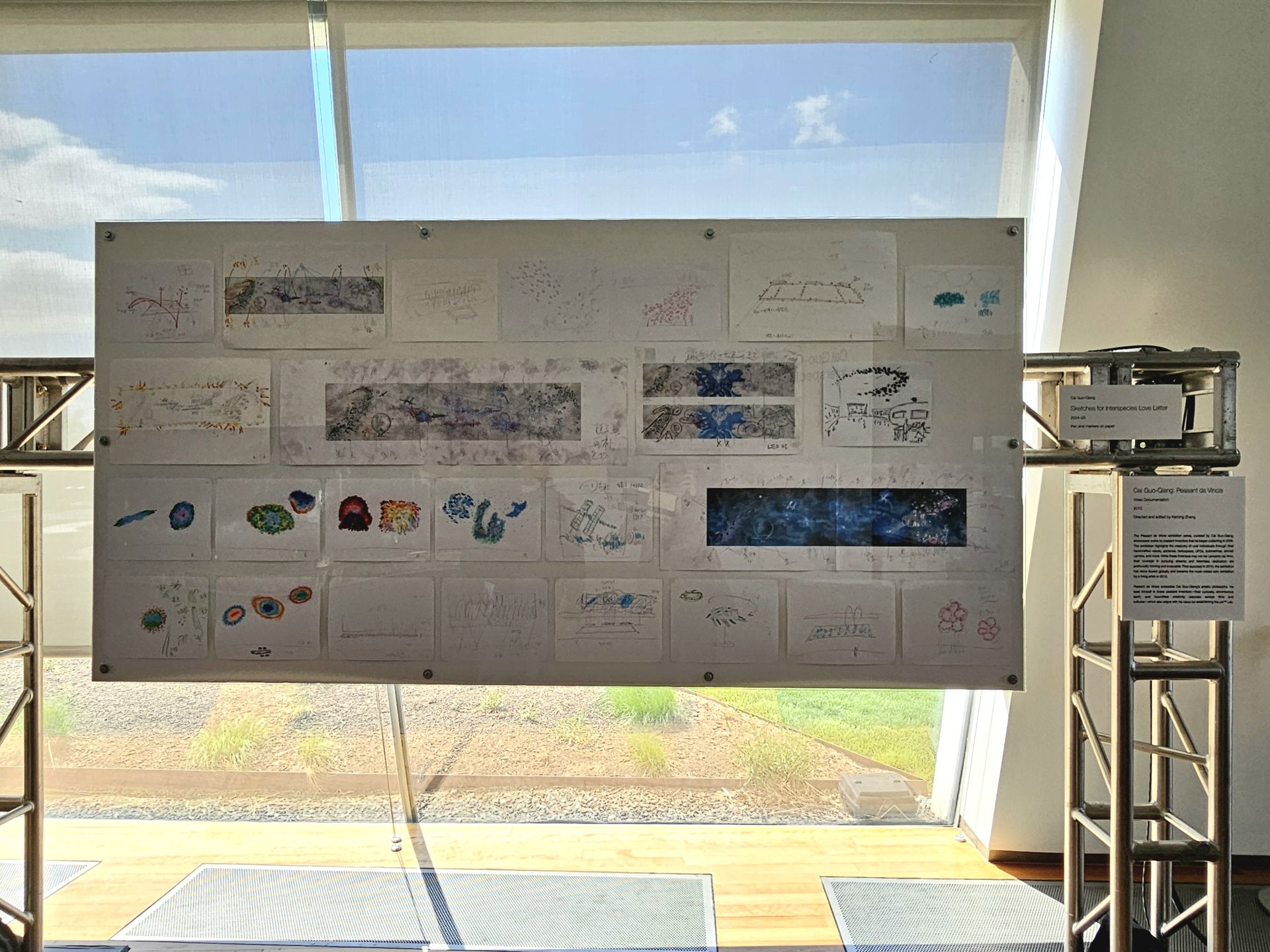UR LOCAL CYBORG
AI, Gunpowder, and Cai Guo-Qiang's "Interspecies Love Letter"
16th Apr 2025
Interspecies Love Letter by Cai Guo-Qiang and cAI
Date visited: April 13, 2025
Date reviewed: April 16, 2025
From March 28 through April 13 of this year, The Kennedy Center had on display a series of installations under the theme “Earth to Space,” including an exhibit contributed by faculty and students from my alma mater. I came initially to check out my former professors’ and classmates’ work, but the interactivity wasn’t working when I arrived. (That’s what you get for showing up on the last Sunday!) I did, however, check out the installation Interspecies Love Letter by Cai Guo-Qiang and came away with much to chew on regarding its use of AI.
Note that I approach AI-facilitated artworks with immediate scrutiny. It isn’t just the OpenAI products that have cheapened the meaning of artificial intelligence; it’s also that I spent the last four years exposing myself to so much technologically-mediated art that I have a stupidly high threshold as to what I’d consider innovative. Naturally, I came to this exhibit with the impulse to critique. I entered the space expecting a screen- or projection-oriented installation just like the one that my department worked on, but instead was surprised by its materiality.
 The titular piece of the installation, “Interspecies Love Letter,” gunpowder on canvas. Image courtesy of the artist.
The titular piece of the installation, “Interspecies Love Letter,” gunpowder on canvas. Image courtesy of the artist.
Guo-Qiang presents Interspecies Love Letter as a collaboration between the artist himself and cAI (pronounced “AI Cai”), a custom AI model developed in the artist’s own studio using the artist’s artwork and archives. This transparency in the exhibition material verifies, in my eyes, the integrity of the model, distinguishing it from the resource-guzzling corporate products that plagiarize human artists en masse. I am more receptive to applications like cAI, where the model is trained on a private dataset which the developer rightfully owns. In this case I consider the AI curatorial as well as a generative tool.
The installation itself featured several projects done in collaboration with cAI, including a print manifesto, a series of portraits and interviews emulating historical figures, and several gunpowder paintings. Pictured above, the title painting Interspecies Love Letter was a vast mural that took up an entire wall. The focus of the room was a large sculptural installation in the shape of an alien spacecraft, with embedded screens that ran some sort of interactive piece inviting participants to write love letters to the alien species. Unfortunately this part of the exhibition was not working while I was there.
The first part of the installation that I approached was cAI’s manifesto. While the prose itself was lyrically composed, already surpassing the generic outputs of corporate AI, I found the narrative of the installation all too familiar. The trope of human vs. alien and man vs. machination are well-worn in science fiction tradition, and in cAI’s manifesto I recognized the voices of Frankenstein’s monster and Asimov’s rules of robotics. What I did find more novel about this installation was its incorporation of documentation and process.
 Photo taken by the reviewer of wedding portraits created by cAI.
Photo taken by the reviewer of wedding portraits created by cAI.
Take this wall of the installation, covered with gunpowder-on-canvas paintings of the artist’s grandparents. According to the exhibition materials, this series was created for the artist’s grandmother, who lamented that she didn’t have a photo of her wedding day. cAI stitched together two separate photographs of Guo-Qiang’s grandparents to produce an artificial photo. The result isn’t remarkable on its own — corporate AI products can do this as well — it’s these gunpowder paintings, these physical realizations of the machine’s iterations, that make this experiment worthy of exhibition.
Machine learning algorithms such as those that power DALL-E and Stable Diffusion run in cycles, what computer scientists call “batches” or “epochs,” that apply mathematical transformations on vast arrays of data in order to get it closer to a desired result. The varying clarity in Guo-Qiang’s gunpowder paintings remind me of this iterative process — it is as if the artist is simulating each batch run by the neural network.
 How Stable Diffusion generates images. Benlisquare, CC BY-SA 4.0 https://creativecommons.org/licenses/by-sa/4.0, via Wikimedia Commons
How Stable Diffusion generates images. Benlisquare, CC BY-SA 4.0 https://creativecommons.org/licenses/by-sa/4.0, via Wikimedia Commons
Take, also, the more literal exhibitions of the artist’s process featured in the installation space: a wall of loose sketches and chicken-scratch annotations; documentation footage showing studio assistants constructing the massive title painting. What are we to make of this? AI is a medium that does not show its work. Mathematically, it is a black box that even specialists struggle to understand; to the everyday user, it is something that happens magically with the click of a button. So the inclusion of documentation in Interspecies Love Letter highlights human labor and frames the humanity of this collabration with the machine.
But despite the clear emphasis on the human hand, the artist insists on listing cAI as collaborator. Unlike the AI “artists” who take the output of the machine and call it their own, Guo-Qiang appears to have taken the output of human labor to pass off as the machine’s — an intentional act of humility, of deference, that subverts the selfish plagiarism of the DALL-E user. Here, the machine takes credit for the human’s work, instead of the other way around. In that sense, I wonder if the AI is to be interpreted as a kind of performance or an alter-ego. After all, the AI shares the artist’s name.
 Photo taken by the reviewer of the wall of sketches for Interspecies Love Letter.
Photo taken by the reviewer of the wall of sketches for Interspecies Love Letter.
While writing this review, I find myself wishing I took more pictures of the exhibit. The gunpowder paintings reminded me of the work of Stephanie Mercedes whose molten bullet sculptures I have seen in exhibition at my alma mater. I wasn’t sure if this medium was part of a historical legacy I am unfamiliar with, or if it was unique to the artist, but when I Google “gunpowder painting,” Cai Guo-Qiang’s name is the first that comes up. This medium is more novel to me than any any of the tech stuff: art done from the materials of imperial violence. Perhaps you can say the same about AI.
Interspecies Love Letter was on display from March 28 to April 13 at The Kennedy Center as part of its EARTH to SPACE festival. View the artist’s documentation of this exhibit here.
I cannot discuss The Kennedy Center without also mentioning the apalling e-mail conversation that local artist Yasmin Williams had with its Trump-appointed director Richard Grenell, which she has published here. Any patron of The Kennedy Center (and in general, of the arts in Washington, D.C.) should recognize Grenell’s behavior as the antithesis of creative practice, professionalism, and community.
← Back to all posts